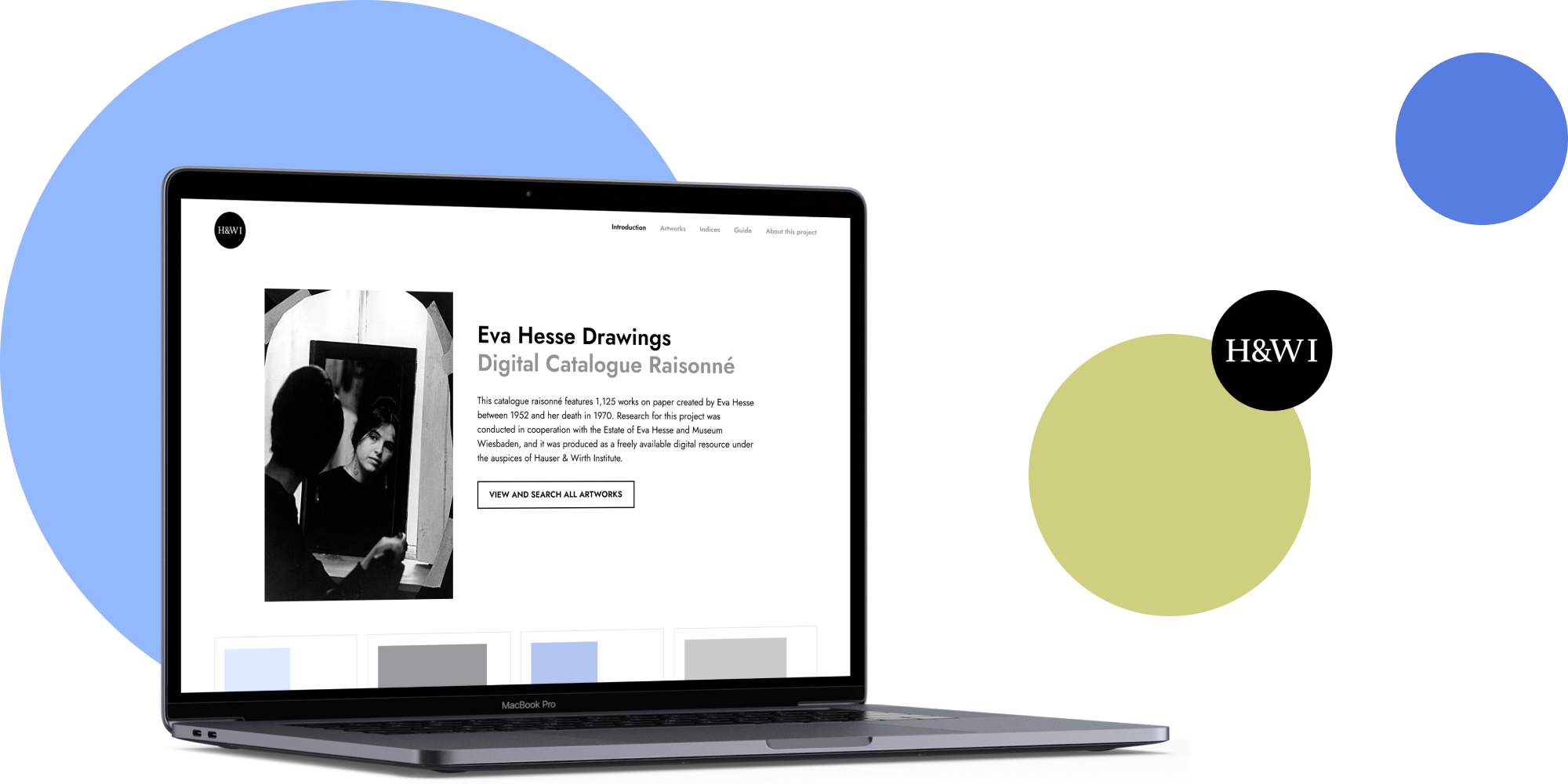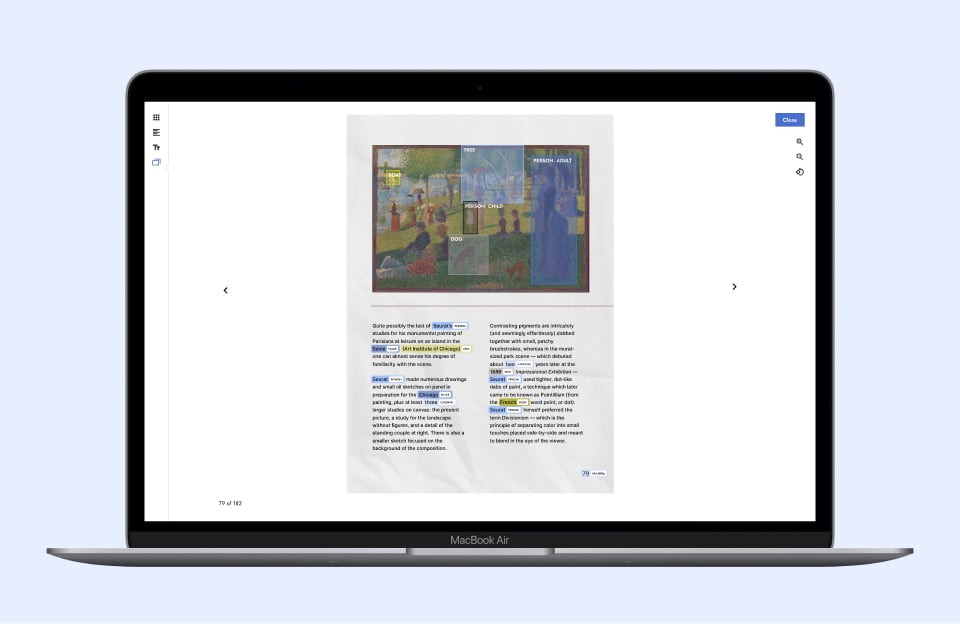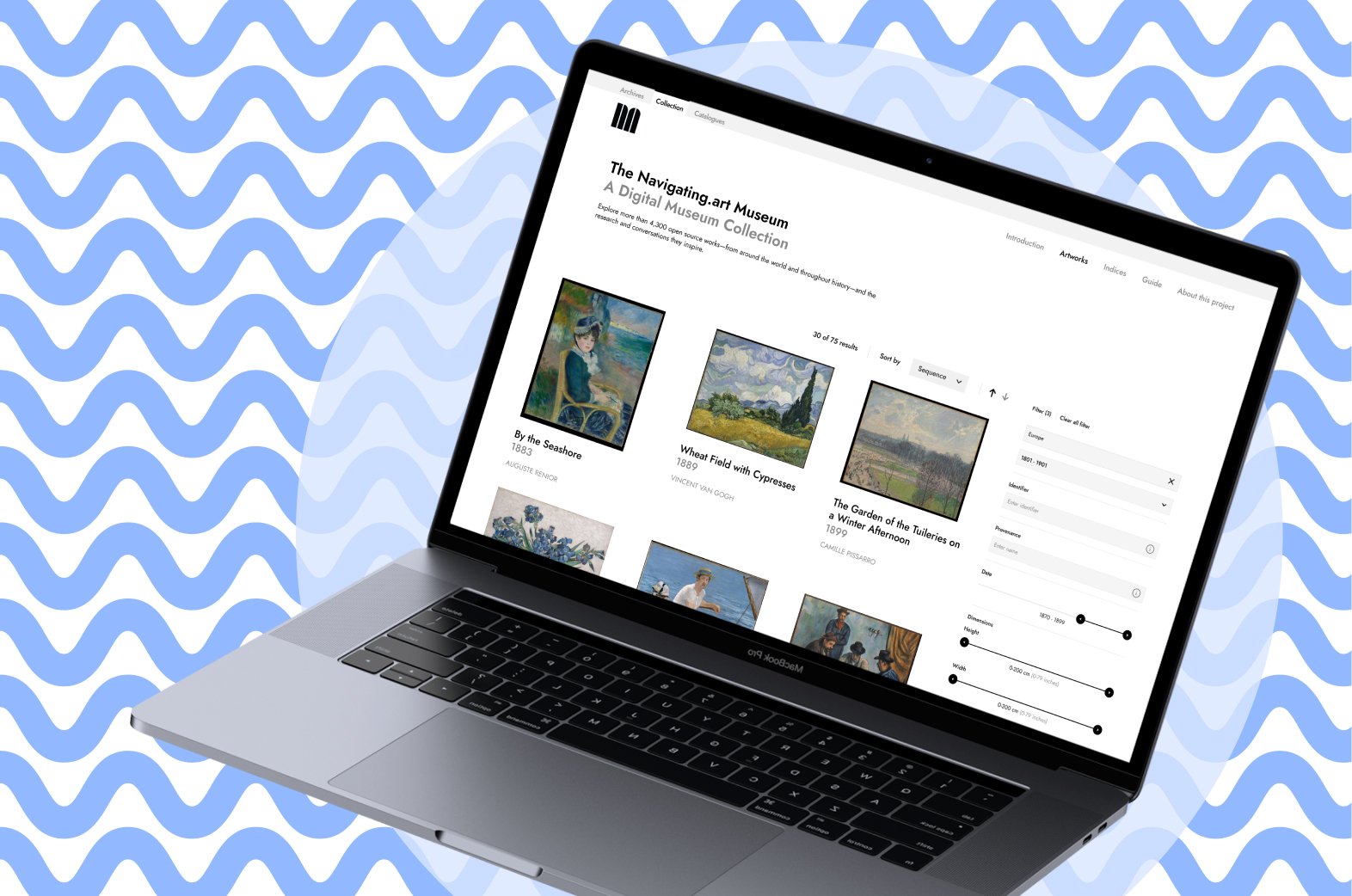What is a catalogue raisonné? And answers to other important questions
What is a catalogue raisonné?
A catalogue raisonné is a comprehensive, scholarly compilation of all known works by a particular artist or within a specific category, such as a particular artistic period, medium, or theme. This catalog serves as a definitive reference, providing detailed information and documentation about each artwork, including images, provenance, exhibition history, and critical analysis. The term "catalogue raisonné" is of French origin, and it translates to "reasoned catalog" or "complete catalog."
These publications are crucial for art historians, collectors, curators, and scholars to understand an artist's body of work fully. They help establish authenticity, track an artist's evolution and influences, and assess the historical and cultural context of each piece. Catalogue raisonnés can be critical tools for authentication and valuation in the art market.
How to pronounce catalogue raisonné
Because the term "catalogue raisonné" is of French origin, it’s often pronounced with a French accent. Hear it pronounced by one of the Navigating.art team members.
How is a catalogue raisonné created for a living artist?
Creating a catalogue raisonné for a living artist is a delicate balance between respecting the artist's creative process, privacy, and control over their own legacy while also serving the interests of the art community and art history by documenting and preserving their work in a scholarly manner. It requires strong communication, trust, and collaboration between the artist, their representatives, and the project team.
When would you consult a catalogue raisonné?
You would consult a catalogue raisonné when you need authoritative information and a comprehensive record of an artist's entire body of work. This is particularly valuable for:
- Art Authentication: To confirm the authenticity of a specific artwork by comparing it to documented pieces in the catalogue.
- Art Historical Research: For in-depth analysis of an artist's career, evolution, and influences, aiding scholars, historians, and curators in their studies.
- Provenance and Ownership: To trace the history of an artwork's ownership and exhibition history.
- Art Valuation: For collectors, dealers, and auction houses to assess the value and significance of an artwork within an artist's oeuvre.
- Curatorial and Exhibition Planning: To select and organize artworks for exhibitions, and to ensure comprehensive coverage of an artist's work.
What is the Catalogue Raisonné Scholars Association and the International Catalogue Raisonné Association?
The International Catalogue Raisonné Association (ICRA) and the Catalogue Raisonné Scholars Association (CRSA) are organizations dedicated to advancing the study and production of catalogue raisonnés in the art world. They provide platforms for scholars, art historians, curators, and other experts to collaborate and share knowledge about the creation and use of catalogue raisonnés. The associations aim to establish standards and best practices for catalogue raisonné research and publication, fostering a greater understanding of an artist's body of work, and aiding in authentication and art historical research.
How to make a catalogue raisonné
Creating a catalogue raisonné is a labor-intensive and meticulous process, often taking years or even decades to complete. Art experts and researchers collaborate to compile and verify information, making it a valuable resource for preserving an artist's legacy and contributing to the broader understanding of art history.
Creating and publishing a digital catalogue raisonné offers a cost-effective and accessible alternative to traditional printed versions. We have an extensive guide to answer this question, but here’s a short overview.
- Organizing people, technology, and finances: Form a skilled team, define a budget, and select the necessary technology.
- Data discovery and initial entry: Gather data from various sources, structure it, and adhere to best practices for data management.
- Researching: Fill information gaps through external research, assess source credibility, and maintain transparency in documenting sources.
- Securing rights: Ensure data rights, determine copyright status, and address privacy and licensing issues.
- Publishing and expanding: Prepare to publish through a custom website or a platform like Navigating.art, control public access, and recognize the educational value.
If you want to learn more about catalogues raisonnés, visit digital versions that run on the Navigating.art platform.


